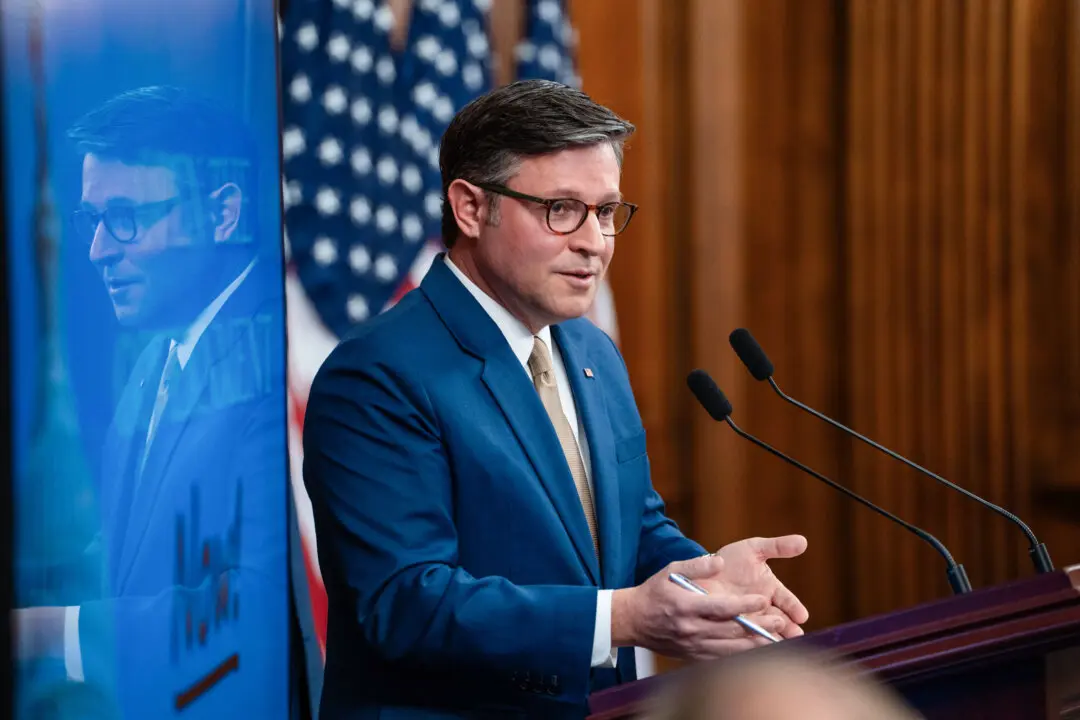There are currently 100,000 U.S. troops in Europe, NATO Secretary-General Jens Stoltenberg confirmed this week.
During a news conference with Germany’s minister of foreign affairs on Thursday and during a news conference with Pentagon chief Lloyd Austin, Stoltenberg confirmed the number of U.S. troops in Europe amid the war in Ukraine.





